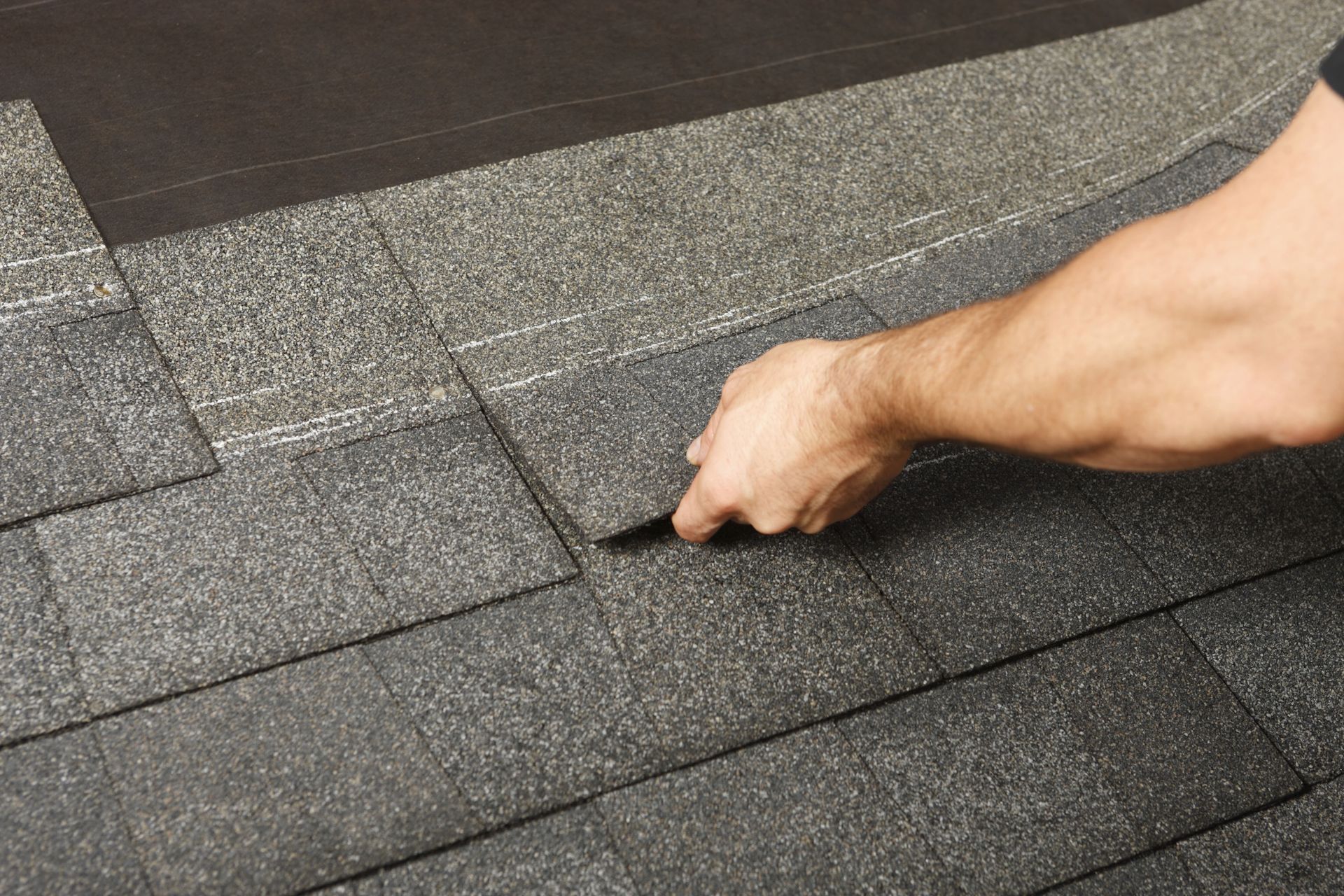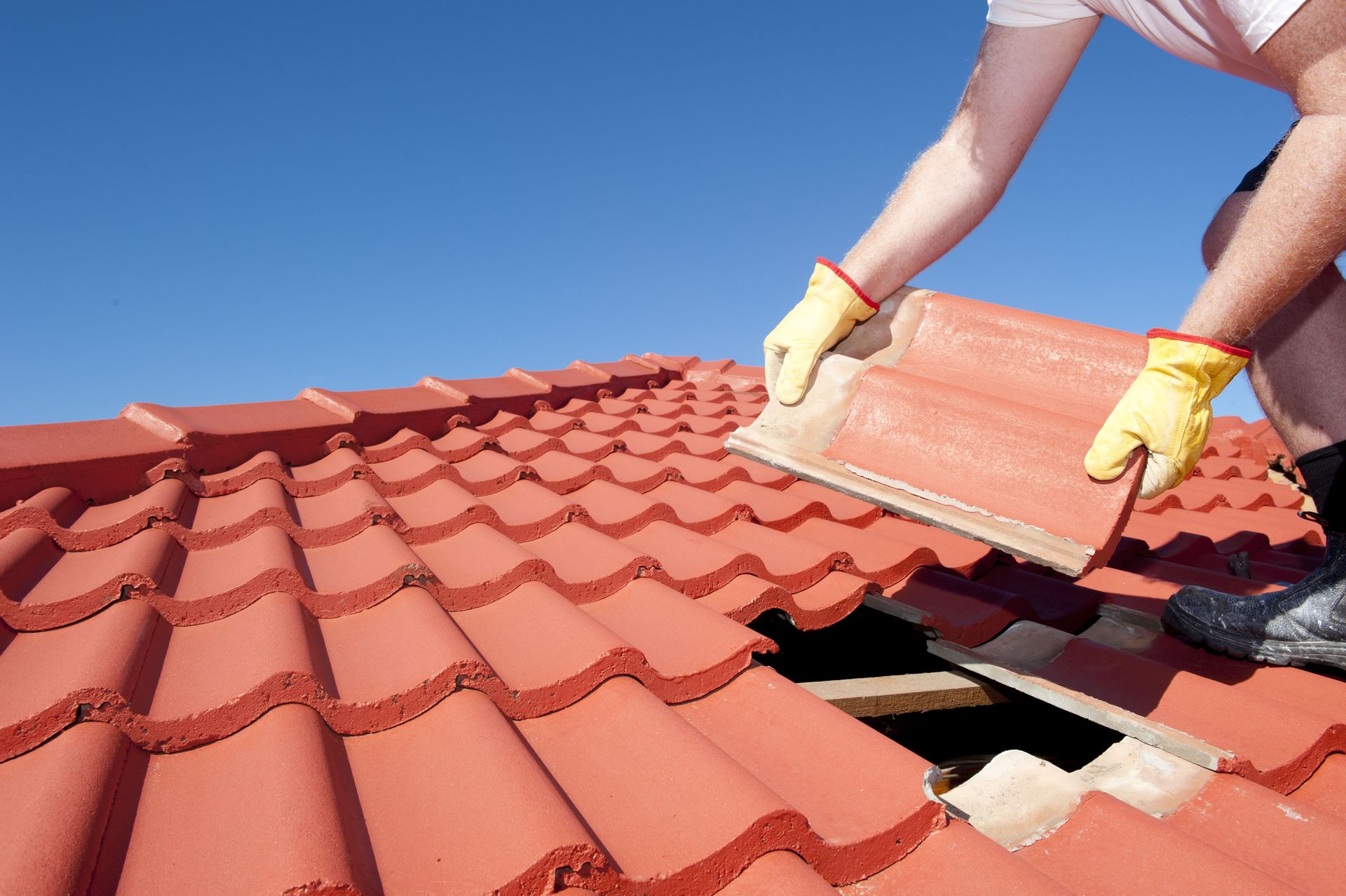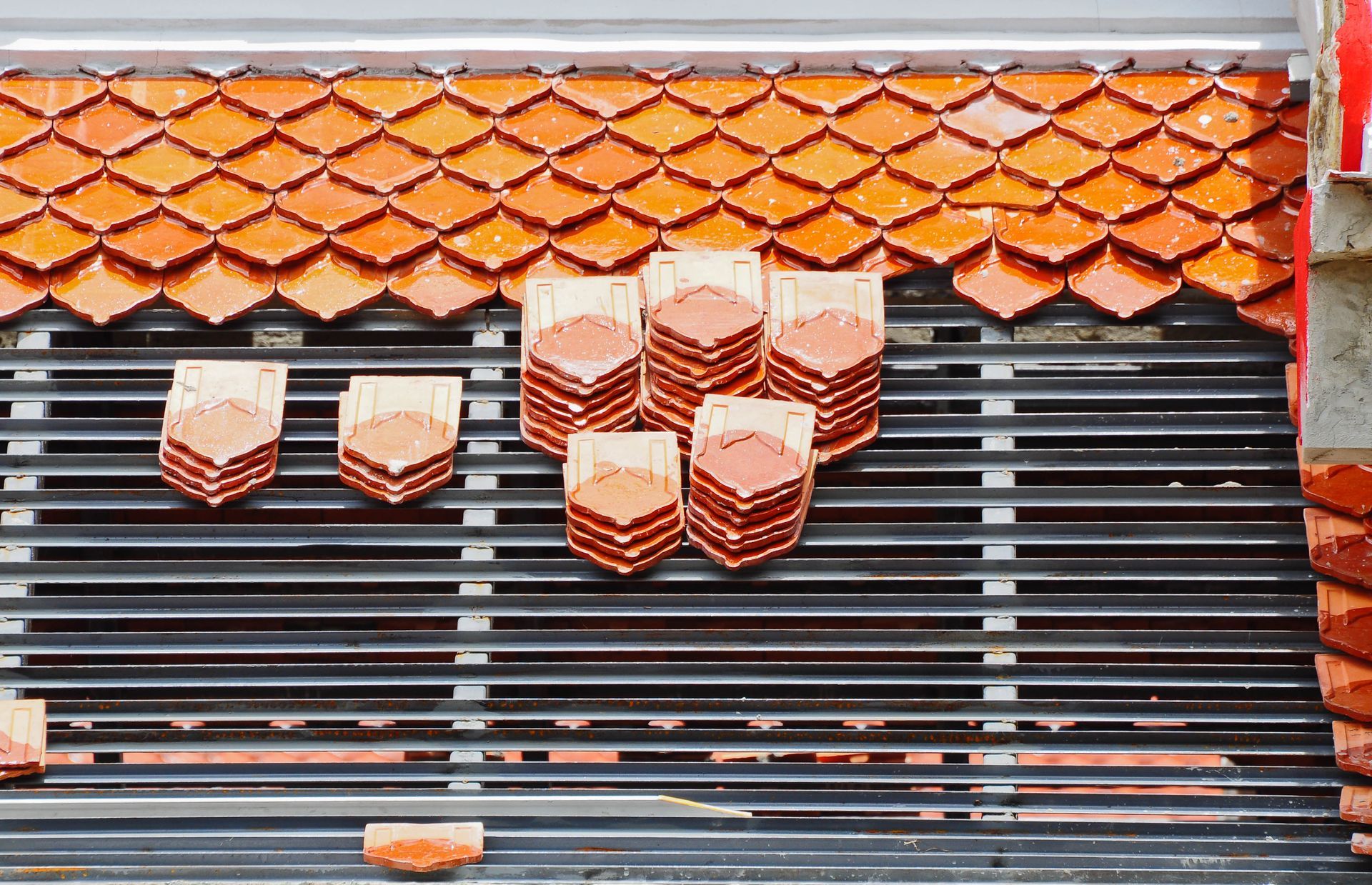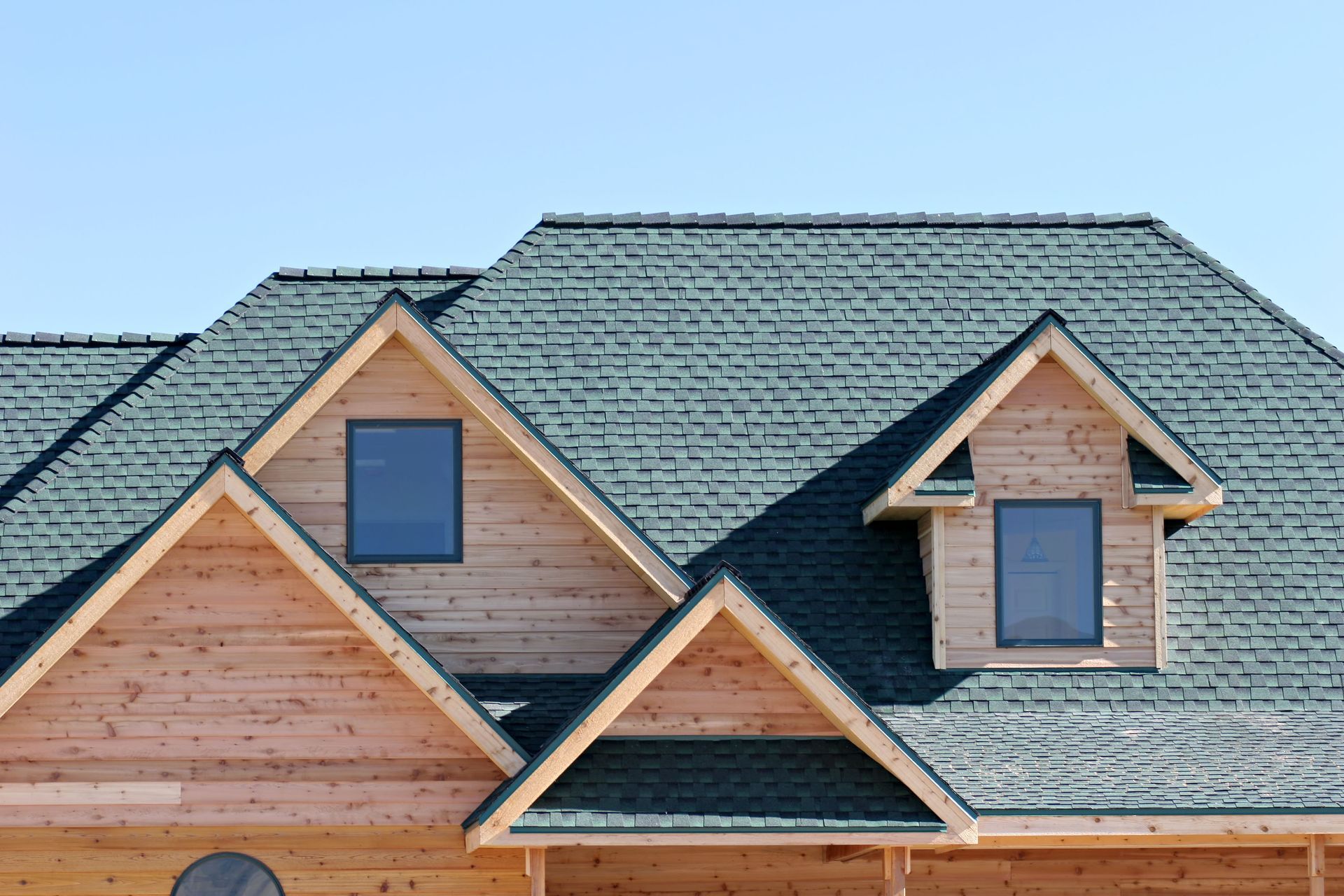Top Signs You Need Roof Repair Before It Gets Worse
The roof is one of the most critical components of a home, protecting it from the elements. Ignoring signs of damage can lead to costly roof repair and compromise your safety. This article will guide you through the top signs indicating your roof needs repair, emphasizing why timely intervention is crucial. A well-maintained roof not only adds value to your home but also ensures the safety and comfort of its inhabitants. Understanding the common signs of roof deterioration can help you take action before minor issues become major problems. According to Ruby Home, about 33% of homeowners replace their roofs due to leaks, 33% due to storm damage, and 25% because they anticipate the roof failing soon—proving how widespread and pressing these concerns are.
1. Visible Damage and Wear
1.1 Shingle Deterioration
Shingles are the first line of defense for your roof, protecting it from rain, wind, and other elements. Over time, exposure to the sun and weather can cause shingles to deteriorate. You might notice curling, cracking, or missing shingles, which indicate the need for roof repair. Ignoring these signs can lead to water infiltration and further damage to the roof structure. Regular inspections help identify shingle issues early on, allowing for timely repairs and maintaining the roof's integrity.
It's common for shingles to experience granule loss, which can often be spotted in gutters. Granules help protect shingles from UV rays and increase their fire resistance. When you notice a significant amount of granules in your gutters, it might be time to assess the condition of your roof. Regularly cleaning and inspecting gutters can prevent water backup and further damage to the roof's structure. Addressing granule loss promptly can extend your roof’s lifespan and delay the need for major roof repair.
Damaged flashing around chimneys, vents, and skylights can also compromise the roof. Flashing serves to direct water away from these sensitive areas. Cracked or corroded flashing often results from weathering or improper installation. Timely replacement prevents water from seeping into the roof's structural components. Ensuring intact flashing is essential to maintaining a leak-free home and avoiding the need for extensive roof repair down the line.
1.2 Cracked or Missing Tiles
Tiles provide a unique layer of protection for roofs, especially in areas prone to severe weather. Cracked or missing tiles may seem minor, but they can lead to significant water damage if left untreated. Roof tiles may crack due to temperature fluctuations, physical impact, or old age. Addressing these issues quickly involves either replacing or re-securing the affected tiles. Regular inspections ensure early detection of such damages, minimizing potential repair costs and reducing the need for larger roof repair projects.
When roof tiles are missing, the underlying structure becomes susceptible to water infiltration and weather damage. These gaps may result in leaks, which can compromise the integrity of the building. Performing routine checks and maintenance can prevent such issues from escalating. Homeowners should also be aware of loose tiles, which can easily dislodge during high winds. Ensuring all tiles are secured will enhance the durability and longevity of the roof while helping to avoid costly roof repair needs.
Replacing cracked or missing tiles promptly is essential to prevent further damage. Prolonged exposure to environmental elements can exacerbate existing issues. Unnoticed, these small problems might necessitate more extensive and costly roof repair. It's advisable to contact a professional roof inspector if you notice tile issues. They can provide guidance on repair or replacement options to preserve the roof's effectiveness.
1.3 Granule Loss in Gutters
Granule loss is a crucial sign of aging shingles, often visible in gutters after rain. These granules shield your roof from sun damage and extend the life of shingles. Discovering an excessive amount of granules suggests that your shingles are wearing down. Monitoring the amount of granule accumulation in gutters can help in foreseeing potential roof problems and signal when roof repair might be necessary.
Regular gutter cleaning helps in determining the condition of the shingles by offering insight into granule shedding.
Addressing granule loss is integral as it impacts not just aesthetics but the functional integrity of the roof. Granules provide an essential layer of protection against UV rays, thus preventing shingles from drying out and cracking. Regularly checking for granule loss helps in scheduling timely maintenance. If neglected, granule loss can escalate, leading to roof leaks and increased energy bills. Taking preventive measures can retain both the functionality and appearance of your roof and reduce future roof repair costs.
Timely action on granule loss can shield your roofing investment and prevent energy efficiency decline. Comparatively newer roofs with substantial granule shedding should be scrutinized for shingle defects. It is often reflective of the material reaching its lifespan or due to environmental stresses. Ensuring proper drainage in the gutter system can help detect granule deterioration promptly. When combined with regular inspections, this practice aids in prolonging the roof's life and delaying the need for roof repair.
1.4 Damaged Flashing
Flashing, an often-overlooked component, serves to protect joints and seams on roofs. It is particularly vulnerable to separation, cracking, or general wear over the years. Damaged or improperly sealed flashing can lead to water intrusion and subsequent damage to underlying structures. Regular checks, especially after heavy winds or storms, can help detect early signs of flashing failure. Immediate repair or replacement minimizes the risk of leaks and enhances roof longevity, helping to avoid the need for costly roof repairs.
The effectiveness of flashing is paramount in maintaining a watertight roof seal. Often installed around chimneys, skylights, and vents, flashing diverts water away from these critical areas. Any compromise in flashing integrity could lead to leaks and significant damage over time. Homeowners are advised to check the flashing condition, especially around fixtures, after severe weather. Professional installation and maintenance mitigate risks associated with flashing failures and reduce long-term roof repair requirements.
Addressing flashing damage promptly prevents water penetration, which can lead to structural issues. It's imperative to use appropriate materials and techniques during flashing repairs to ensure efficiency. A regular maintenance schedule that includes inspecting flashing can highlight early signs of wear. Even small gaps or changes in flashing can pose serious problems if left unattended. Taking proactive steps with flashing repairs secures the roof's overall functionality and may prevent unnecessary roof repair later.
1.5 Wear and Tear Around Roof Objects
The areas around roof fixtures such as chimneys, skylights, and vents are particularly prone to wear. This wear often results from improper installation or natural aging and can lead to water damage. Sealing these points and checking for any damage can prevent long-term structural issues and decrease the likelihood of extensive repairs. Regular maintenance and inspection of these areas help in the early identification of potential problems. Ensuring these elements are properly sealed and fitted protects both the roof and the home's interior.
Chimney flashing, in particular, requires keen attention since it is prone to deterioration over time. Factors such as weather exposure or faulty initial installation contribute to its wear. Routine inspections can help identify these often-subtle signs of wear before they escalate. Repairing wear around roofing fixtures can involve resealing or reinforcing the structures. Taking these actions can prevent water leaks and extend the lifespan of the roof, minimizing the chances of needing roof repair.
Maintaining a healthy roof is not just about appearance—it’s about protecting your home, your safety, and your investment. From granule loss to flashing damage and cracked tiles, each sign of deterioration signals the need for prompt action. Delaying repairs may seem minor at first, but the consequences can be significant, both structurally and financially. Regular inspections and timely maintenance can make a world of difference in how long your roof lasts. If you’ve noticed any of the issues outlined above, don’t wait; contact All Over Roofing today for expert roof repair.






Share On: